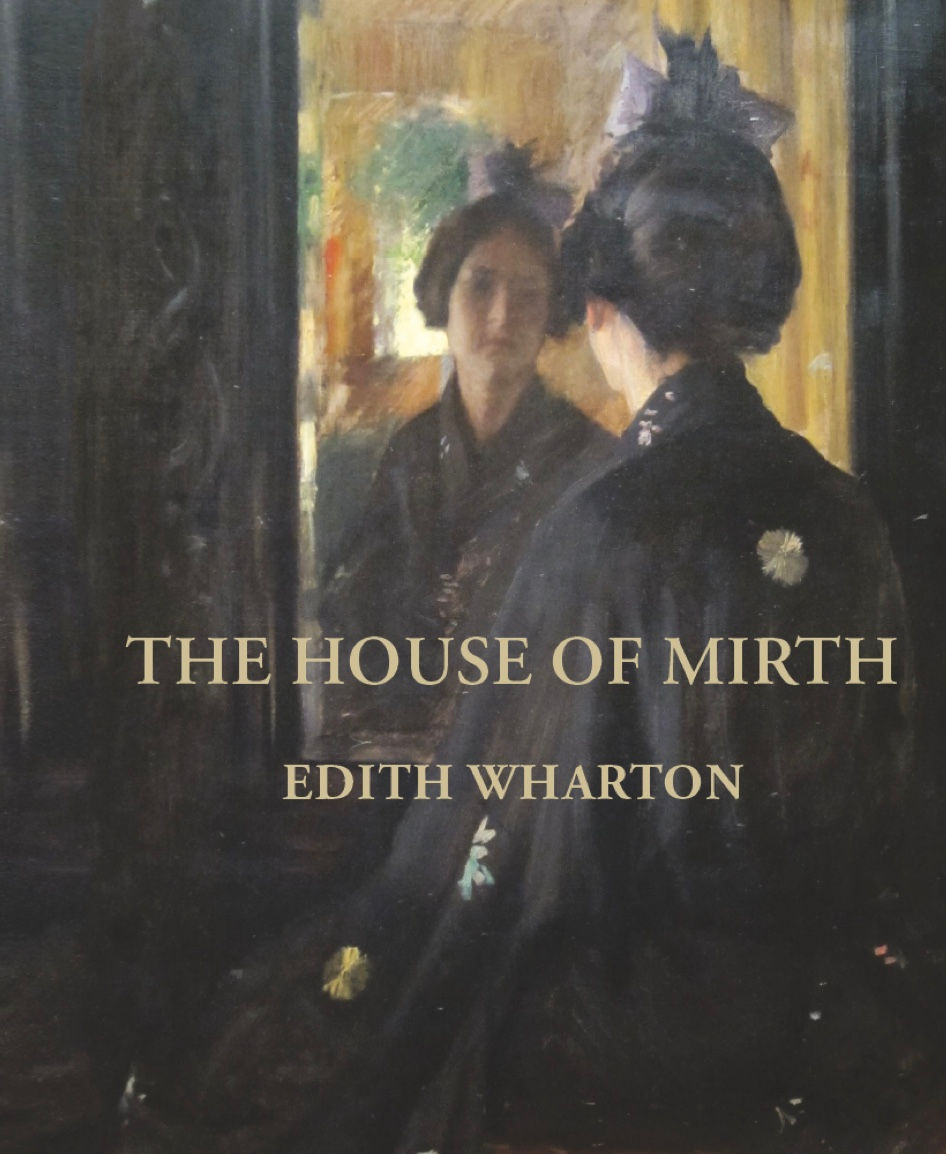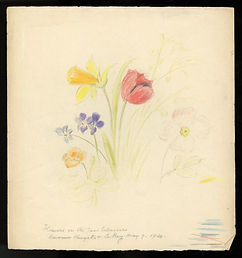
Edith Wharton
IN THE WORKSHOP
Projects and Ongoing Work:
Our work is dedicated to keeping Wharton's work in the public eye. To that end, we re-publish her books with cover art from the public domain. We also publish work by Wharton that is not as well-known.
Her sketchbook, which we published in 2019, offers a rare glimpse into her private life as seen with her own eye and drawn by her own hand.
Our most recent project is transcribing a portion of her handwritten work, and will publish her Donnée notebook she kept in 1900 this year.


Transcribing Wharton's Donnée notebook, in which she kept notes for future stories, is painstaking work as it involves going over each line of handwriting until her words reveal themselves. It's a thrill when we finally decipher a particularly difficult section of text or when a word that seemed meaningless for weeks is suddenly clear. We are now down to the last few tricky words and crosshatches.
One nice section in her notes for Xingu reads:
Like a fly in treacle.
What book has most influenced you?
I always say there is nothing like Art.
Photo: Beinecke Library, Yale University
PAST PROJECTS
While wandering through Edith Wharton’s formal living room on my first visit to The Mount, I noticed a thin, blue volume on the bureau opposite the window walls that look out onto the grand, white-columned porch. In that book were deftly drawn sketches made by the homebuilder herself––simple images drawn in colored pencil of what she saw around her––her pets, her friends, the bounty from her gardens. Later, I asked in The Mount's (wonderful) shop if the book was for sale and was told that there was only one such copy, but that I was hardly the first to have asked. And that is how the idea for a book began— with the simple wish to take these drawings home to take a closer look.
Thanks to the generosity of the Watkins-Loomis Agency and to the amazing and knowledgeable staff at The Mount and Lilly Library, Indiana University Bloomington, who had carefully scanned each image, I was able to spend the following year poring over these sketches. While I looked, I also read all of Edith Wharton's work. It was a fully-immersive experience—like listening to her voice while sitting in her garden with a basket of her dogs at my feet. As I read, the idea for the book became clearer. It would pair a quotation from each of her novels with one of her sketches, putting her words front and foremost (as I assumed she would prefer). And so the sketchbook became a book and also marked the beginning of the Wharton Workshop.



















